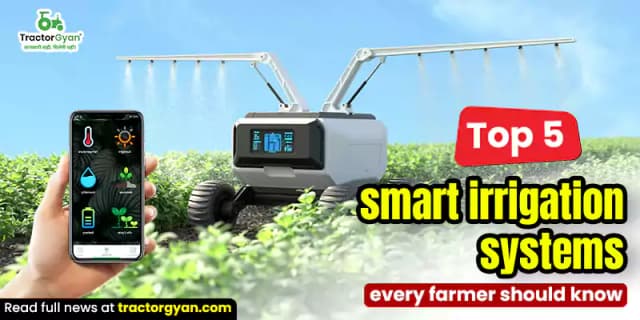Regenerative agriculture: Transforming farming for a sustainable future
टेबल ऑफ कंटेंट
From a philosophical perspective, regenerative agriculture addresses land, environmental, and community development apart from a means of farming. Unlike traditional farming, which consumes resources, regenerative agriculture builds them using nature instead.
The term regenerative agriculture is often used to describe practices aimed at promoting soil health by restoring soil’s organic carbon. This approach guarantees that farming will continue for the next generations and concurrently enhance crops and stop climate change.
Different Methods of Regenerative Agriculture
There are a bunch of techniques in regenerative agriculture that aim to enhance the planet's health and support both plant and animal life. Here are some of the key methods:
- Cover Cropping: Cover crops are plants grown to cover the soil after farmers harvest the main crop. Planting things like rye or clover in the off-season is a great way to keep the land safe and healthy through cover cropping.
- No-till Farming: In this method of regenerative agriculture, the farmers avoid ploughing soils and instead drill seeds into the soil. It helps keep the soil structure intact and prevents it from washing away.
- Crop Rotation: Switching up the types of crops grown in a certain area can really boost the soil's fertility and help get rid of pests.
- Agroforestry: It is the arrangement of shrubs and trees on farms to increase their variety and reduce carbon emissions.
- Managed Grazing: It means the regular movement of animals to different pastures such that grasses may flourish once again and the soil remains healthy.
- Composting: It is the process of adding organic matter to the soil to increase its fertility and microbially active nature.
Advantages of Regenerative Agriculture
Environmental Advantages of Regenerative Agriculture
- Improved Soil Health: Both cover crops and no-till farming give organic matter to the soil, therefore improving its health and durability.
- Carbon Sequestration: Good levels of carbon found in healthy soils enable them to aid in slowing down global warming.
- Water Conservation: Better-structured soils are excellent for managing drought conditions since they hold onto more water, so they require less irrigation. Cover crops can also reduce water pollution.
- Improvement in Biodiversity: Unlike conventional farming, which limits to one type of crop, regenerative farming mixes natural surroundings instead, therefore supporting a greater range of plants, animals, and insects.
- Reduced Soil Erosion: No-till reduces soil erosion and encourages water to infiltrate soils (although it can require greater use of herbicides).
Other than these, diverse crop rotations can lower pesticide use. Good grazing practices such as moving cattle around frequently, adding legumes or composts, and avoiding overgrazing can increase vegetation and protect water sources.
Other Advantages of Regenerative Agriculture
- Healthier Food: Crops grown in a manner that supports regenerative farming typically have more nutrients
- Economic Savings: Since they are not using as many chemical fertilizers and insecticides, farmers save money.
- Community Impact: It strengthens the rural economy and supports local, sustainable food practices, therefore benefiting the community.
Concerns About Regenerative Agriculture
Regenerative farming focuses on healthy, mineral-rich, and biologically diverse soils that grow mineral-rich food, along with improving soils, crops, and the livelihoods of the farmers. Even though regenerative farming has some benefits, it also has some problems.
- Knowledge Gap: Many farmers lack access to information or support for implementing these methods.
- Initial Costs: Changing to regenerative agriculture methods might cost a lot of money because of the need for training and new tools.
- Market Access: Finding those ready to pay more for goods grown with regenerative methods could prove difficult.
- Time-Intensive: Regenerative farming might be challenging to encourage people to start using because its long-term results are slow.
Conclusion
Soils store several times the amount of carbon in the atmosphere, acting as a natural “carbon sink.” But globally, soil carbon stocks have been declining. One goal of regenerative agriculture &is to use the carbon absorbed by plants from the atmosphere to help restore soil carbon.
Many of the nature and farming problems we face today could be solved with regenerative agriculture. Focusing on restoring ecosystems instead of destroying them is a way to grow food in a way that is good for the world and doesn't harm it.
The thinking behind regenerative farming as a climate mitigation strategy is to remove carbon dioxide from the air by storing it as organic carbon in soils. It's not easy, but the long-term benefits—healthier soil, cleaner air, and stronger communities—make it worth doing.
Are you ready to learn more about sustainable agriculture or help it? Start by looking for locally grown foods that are grown in a way that doesn't harm the environment. And try to get more people to use these new methods.
कैटेगरी
और ब्लॉग पढ़ें
1.जानें लौंग की खेती का तरीका - पाएं लाभ

भारतीय घरों की रसोई में लौंग का विशेष स्थान है ।लौंग के कई औषधीय तत्व...
Steering is the most important tractor component. Since it impacts operator comfort and machine efficiency, it is crucial. Tractors have power and manual steering mechanisms. This article will discuss the difference between power steering and manual steering systems and their advantages and...
Are you looking for small but strong tractors to support your commercial or agricultural operations? The perfect mix of durability, performance, and innovative features catered for small-scale farmers and garden enthusiasts are John Deere mini tractors.
Here, we will describe the top 3...
इसके बारे में अपनी टिप्पणी लिखें Regenerative agriculture: Transforming farming for a sustainable future
.webp&w=1920&q=75)
ट्रैक्टर और कृषि से जुड़े सबसे अधिक खोजे जाने वाले ब्लॉग्स
18 Dec 2025
18 Dec 2025
29 Jul 2025
08 Sep 2025
03 Jul 2025
30 Jul 2025
30 Jul 2025
30 Jul 2025
29 Jul 2025
30 Jul 2025
29 Sep 2025
31 Jul 2025
18 Dec 2025
31 Jul 2025








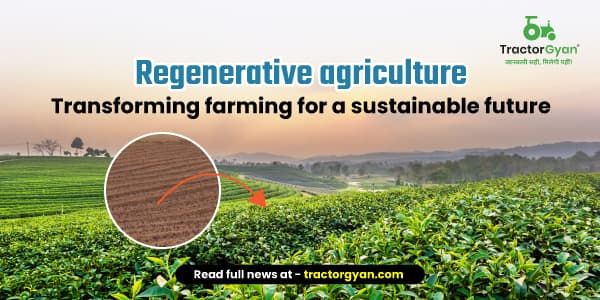
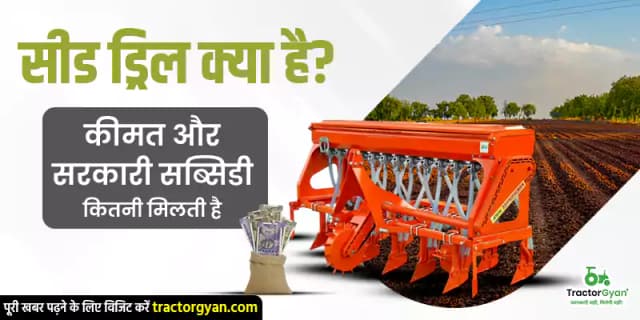





.webp&w=2048&q=75)
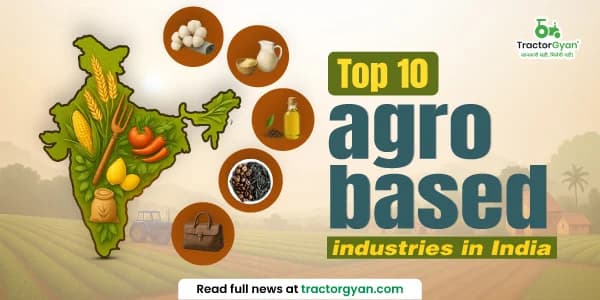
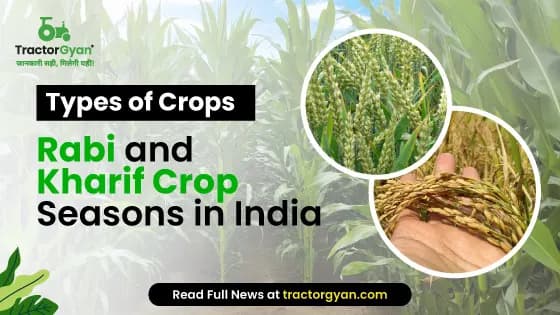


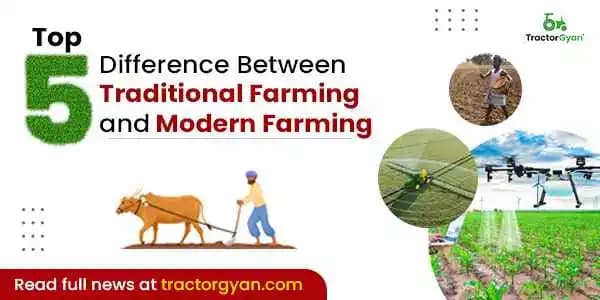




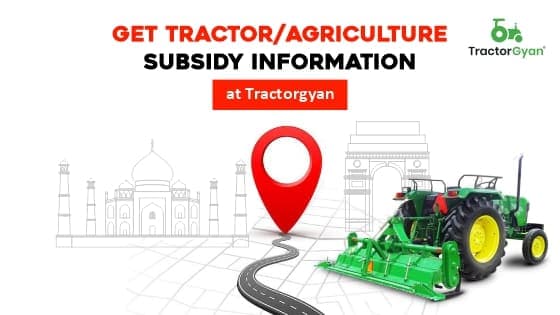
.webp&w=2048&q=75)
.webp&w=2048&q=75)







